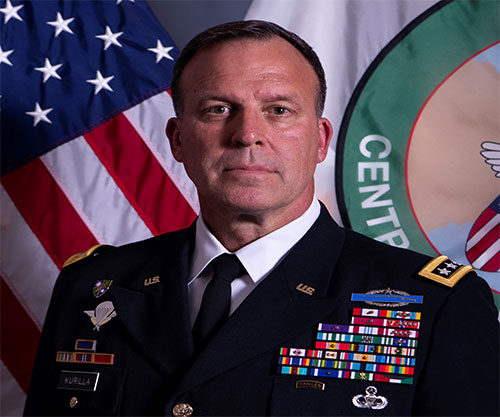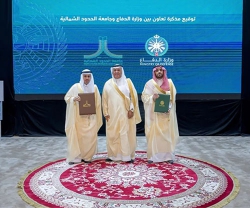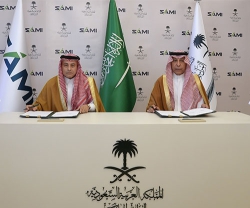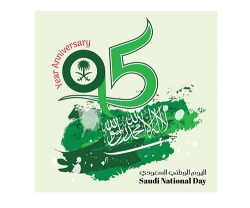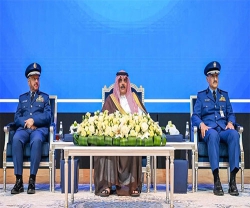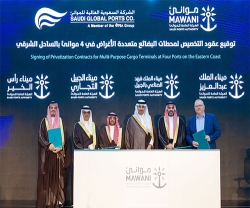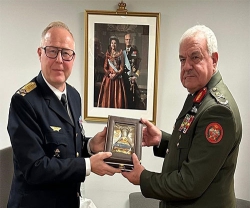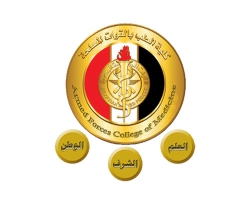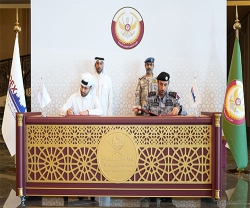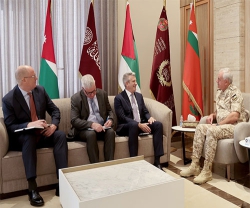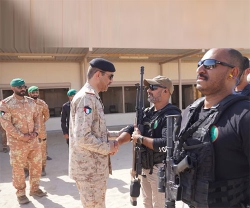The US and Saudi Arabia completed their first joint counter-drone exercise last week at a new military testing center in Riyadh, according to the Head of the United States Central Command (CENTCOM).
The exercise was the first of its kind between the two militaries, and US officials hope to replicate this with other armies in the region, Al Arabiya reported.
The Red Sands Experimentation Center had been under discussion for some time. The US military said it would serve as an innovative approach to training and readiness between Washington and its Middle East partners.
Last week’s exercises were not highly publicized, but officials have said this was just the beginning of what they hope would be more in-depth and sophisticated drills.
The focus was on small Unmanned Aircraft Systems (UAS), an official with knowledge of the exercise said.
On Thursday, CENTCOM Chief General Erik Kurilla (photo) told lawmakers on the House Armed Services Committee that the counter-UAS drills involved live-fire exercises and allowed for studying complex threats and identifying weaknesses in other areas to counter drone activities.
He also hinted that directed energy weapons could be brought into the region at a later date in what is expected to be for air defense purposes.
Hours after General Kurilla’s testimony on Capitol Hill, a one-way Iranian attack drone targeted US forces in Syria. An American contractor was killed, and five other troops were wounded alongside another US contractor.
Secretary of Defense Lloyd Austin said that the US retaliated, striking targets inside Syria linked to Iran’s Islamic Revolutionary Guards Corps (IRGC). He said the US airstrikes were in response to Thursday’s attack as well as a series of recent attacks against US and Coalition forces by groups backed by Iran.
Last week’s joint exercise comes at a time when Saudi Arabia and Iran have agreed to normalize ties and restore diplomatic relations.
Melissa Horvath, a non-resident senior fellow at the Middle East Institute (MEI), said the Red Sands exercises were an important way for the US to show continued commitment to Saudi Arabia and to build regional cooperation among Middle East allies in ways that go beyond traditional security assistance programs such as foreign military sales.

